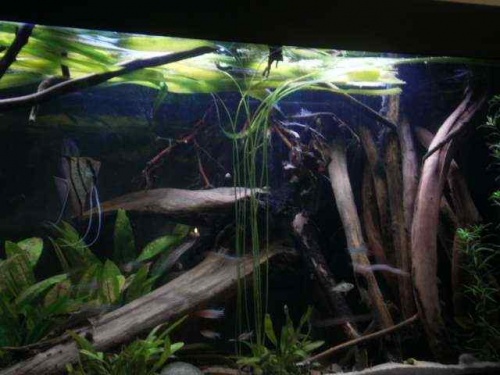
You can also include or go for a very unstructured playscape where there isn’t a set purpose for the natural “play equipment.” Get hula hoops and tie these to a low tree branch for your kids to jump through.A balance challenge with a wooden plank over a small stream.A sandbox filled with non-toxic sand so your kid can dig and find the treasure you buried.Wooden crates and/or straw bales to create “mighty mountains” for your kids to climb.

A “how low can you go” area with bamboo poles and ropes.Hollow logs as “tunnels” to climb through or walk across.Use tree stumps so your child can walk, hop, or jump from one stump to another.Some Ideas for the Playscape Obstacle Course: Set up a family-friendly competition and complete the obstacle course with your child. Remember to tailor the course to your child’s age and ability, and as they develop and pass the course with flying colors, you can introduce more elements or make the course more challenging. The sky is pretty much the limit with creating a natural obstacle course. Completing an obstacle course can also boost confidence and let your child feel really great. Typically, the nature play “equipment” isn’t as structured as conventional playground equipment.Īn obstacle course is an excellent way for your child to improve their motor skills, balance, coordination, and problem-solving, while also getting some exercise. These playscapes can either be all-natural, leveraging the textures, elements, and sensory experiences found in nature, or they can consist of a combination of some man-made parts (using sustainable, repurposed, recycled, and eco-friendly materials). Natural playgrounds-also called neutralized playgrounds, nature playgrounds, nature play spaces, or playscapes-are playgrounds that utilize what can be found in nature to encourage play, learning, development, exploration, curiosity, and discovery. Is Chalk Toxic? (+ The Best Non-Toxic Sidewalk Chalk Brands for 2023) What Are Natural Playgrounds?Ī natural playground is more natural and sustainable than a conventional playground where most of the materials used consist of metals, paint (which can contain all kinds of things like ethylbenzene, lead and more), crumb rubber, and other materials that contain toxic compounds and negatively affect our kids’ health. Have academic benefits in better classroom behavior, improved enthusiasm to learn, and more.Enable kids to learn everywhere, especially if educational toys are added to playscapes.Develop social skills when kids play with others (cooperation, conflict resolution, communication, and collaboration).Increase a child’s sense of independence because of the freedom and chance to explore that comes with nature play.Give kids an opportunity to use all of their senses.Foster an appreciation and love for the environment, and help form conservation values.Decrease fatigue and stress as we effortlessly pay attention in natural environments – we have a soft fascination with nature that gives us pleasure.Help develop reasoning and observation skills.Encourage self-awareness and an awareness of others by exploring and seeing the world from a different point of view.Lessen feelings of being overwhelmed and cooped up, so kids are more likely to share and open up with their parents.Help kids with ADHD (since nature play provides them an opportunity to be active).Aid brain development as kids invent games and explore their natural surroundings.



 0 kommentar(er)
0 kommentar(er)
